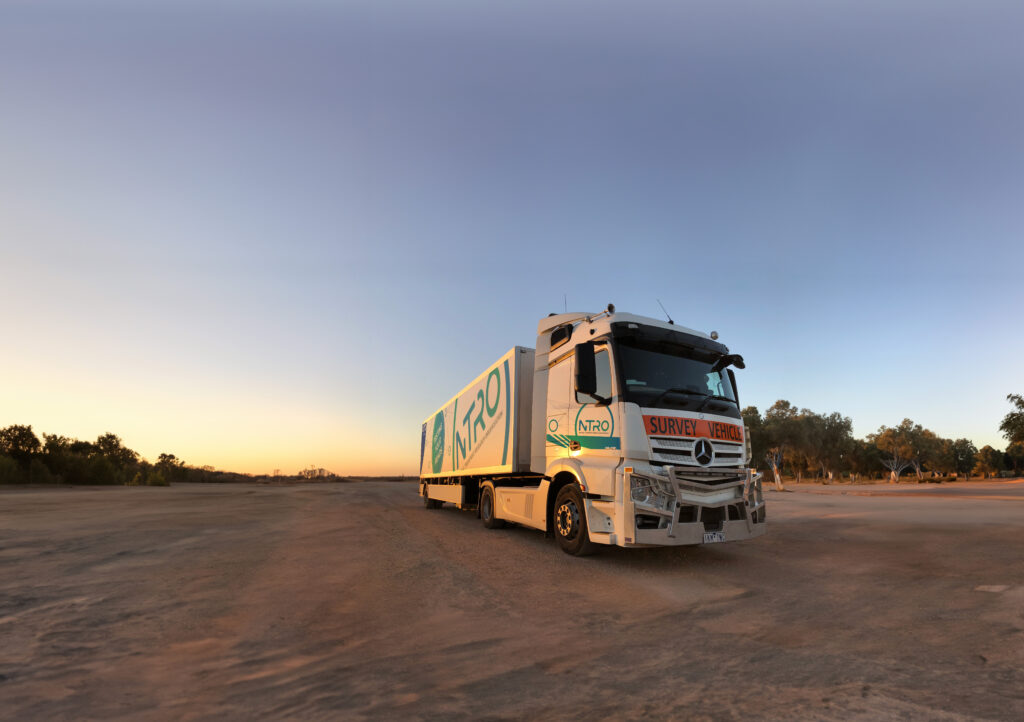The National Transport Research Organisation NTRO (formerly known as ARRB) provides innovative and impactful mobility solutions for government and private sector clients in Australia and New Zealand, working across all modes of transport – road, rail, ports and airports.



